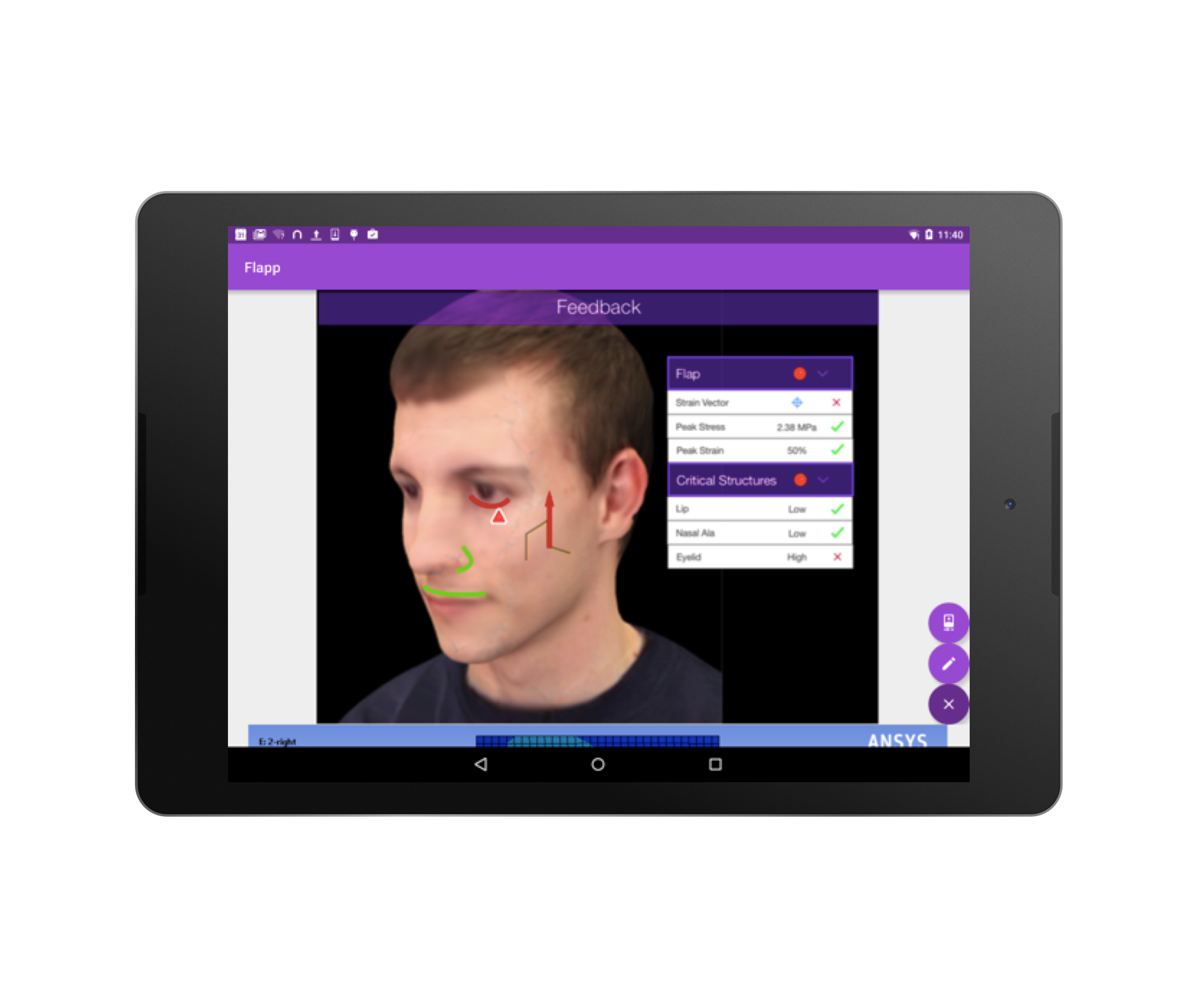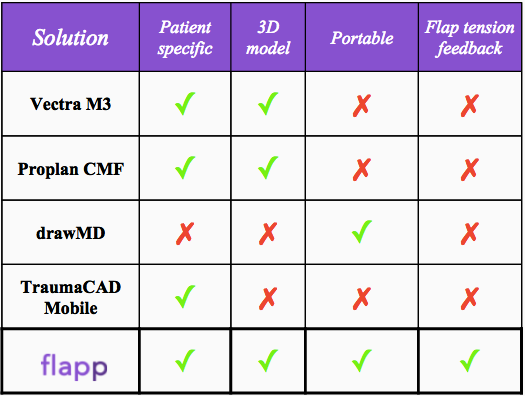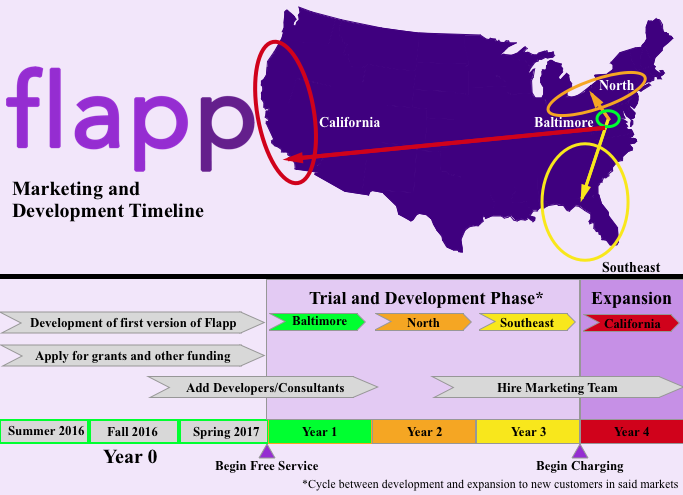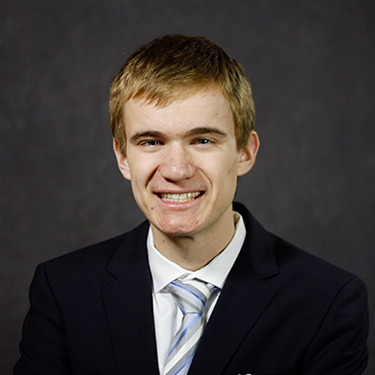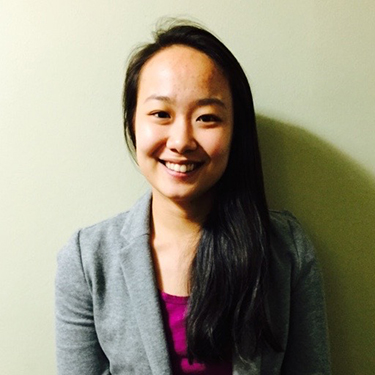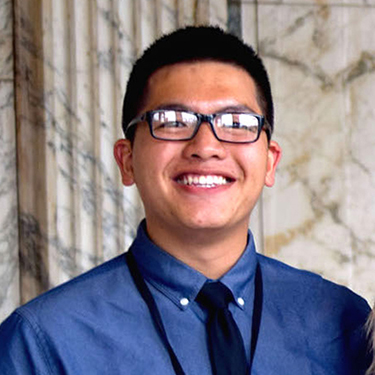flapp
Revolutionizing local tissue flap design
Our company was created to develop novel utilities and tools to simplify complex procedures performed by doctors. We strive to change the medical landscape by integrating modern computer based modeling solutions with traditional medical instruction and practice. Our company aims to improve surgeon performance and patient satisfaction in hospitals all over the world. flapp is developed with the intent of assisting facial reconstructive surgeons in the operating room.
Watch video

